Some medical practices are finding it increasingly difficult to attract new patients. They are surrounded by competitors, hospitals, and ambulatory care facilities which advertise heavily or take full advantage of internet marketing opportunities such as physician websites, regular patient blogs, and social media networks to reach out, engage, and connect with the local community. For practices that haven’t yet added digital marketing into their physician marketing plan, here are some suggestions to get them started:
- Define who you want to attract (Buyer Persona): It’s obvious that you want more patients, but get more specific than that. Once you define demographics, medical conditions, and whether patients are in need of immediate care or are looking for information, you can start making decisions about how to best utilize the internet. Age groups can affect your online marketing plan as much as treatment needs and timeframes.
- What appeals to this target group about your practice (Differentiators): Different practice features will appeal to different target demographics. If your patient base is older, you might want to focus more on the service and caring aspects of your practice, while a pediatrics practice might stress after-school appointments and sports physicals. These concepts start forming the basis of what you will highlight in your digital communications (keywords). These keywords can then be used in Search Engine Optimization (SEO) or Pay-Per-Click (PPC) advertising campaigns, helping to attract prospective patients to your practice.
- Don’t be afraid of social media: Social media usage is increasing across all age groups and can be a valuable tool in building patient relationships, answering questions, providing information about your practice, and asking for patient referrals. Use Facebook or Twitter to help reinforce a positive image of your practice featuring the benefits you have highlighted. Helpful YouTube videos can showcase your office and your staff to give prospective patients a “no strings attached” introduction to your practice.
- Make sure you measure: You won’t know if your digital marketing plan is working if you have no way to measure the success. You will need to track the number of website visitors, whether they are engaging with your site, the strength of your social media connections, and how many new patients have started coming to your practice. If the numbers aren’t what you expect, or start to go down, it’s time to reassess and make a change. Any physician marketing plan should be striving for the same end goal: new patient appointments and procedures. Tracking your campaigns and understanding which channels are generating new patient opportunities (and a strong Return on Investment) will dictate future marketing investments.
- More is more: It used to be that less was more and advertising in the local telephone book or weekly newspaper was sufficient. Now it’s hard to determine exactly where prospective patients will be when they are looking for medical services, advice or just more information. Your digital marketing plan has to take devices (desktops, laptops and mobile) into consideration, optimize search engine capabilities, and allow for social media interactions to communicate whenever and wherever they want.
It can be a whole new world when it comes to physician marketing plans, but, with proper planning and execution, digital marketing can ease the transition into a new way of recruiting and retaining patients.

































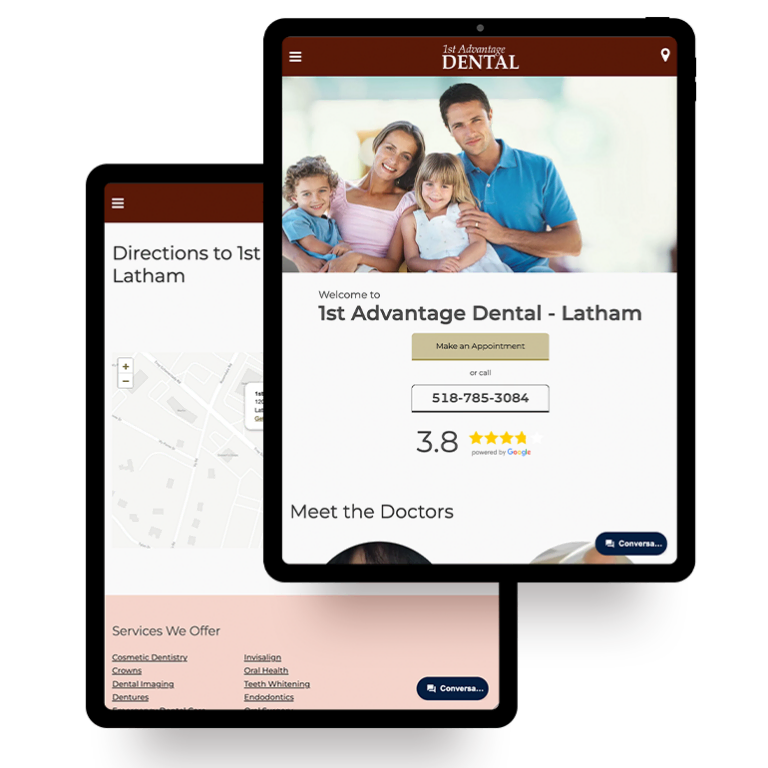









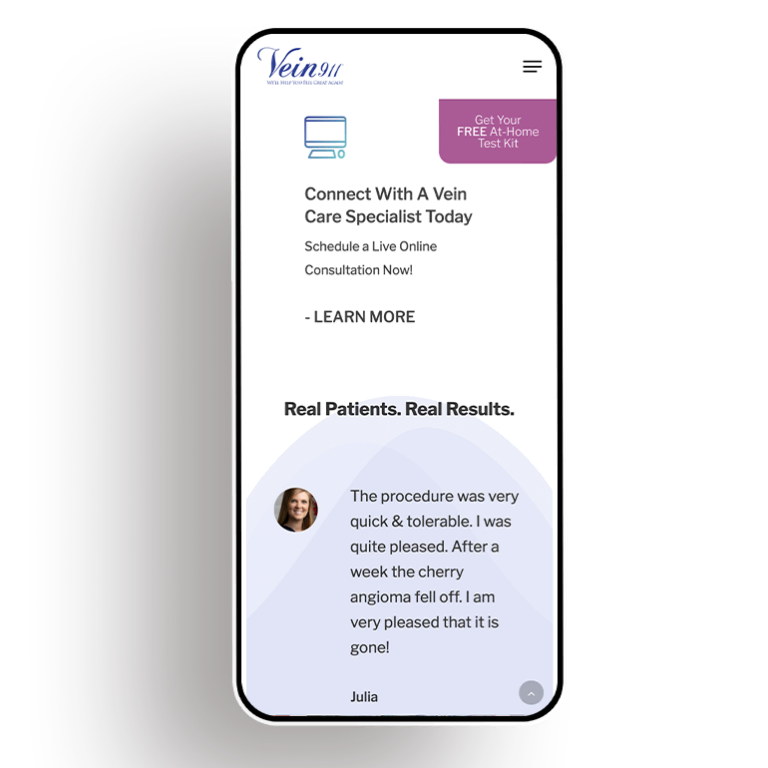





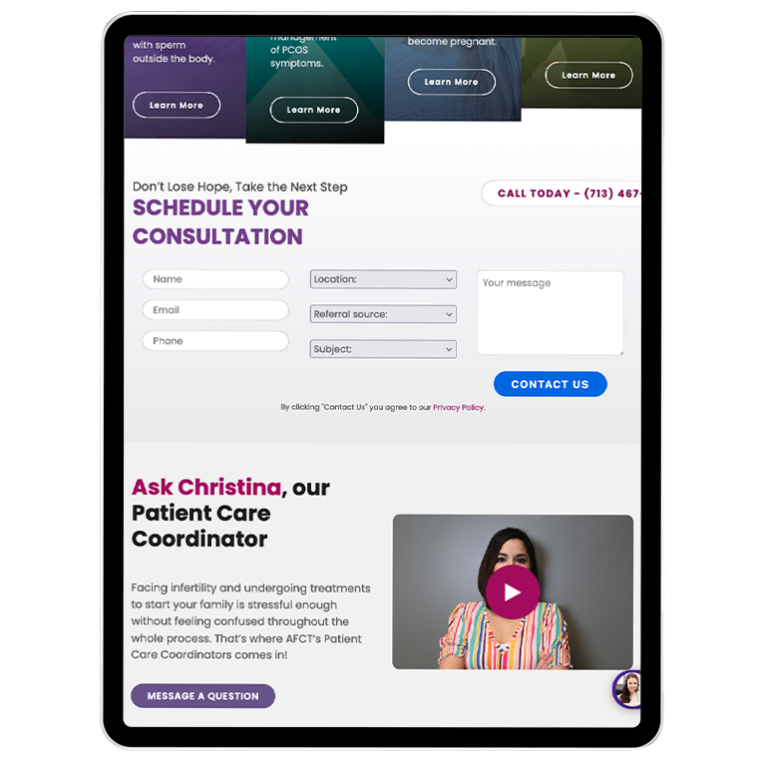




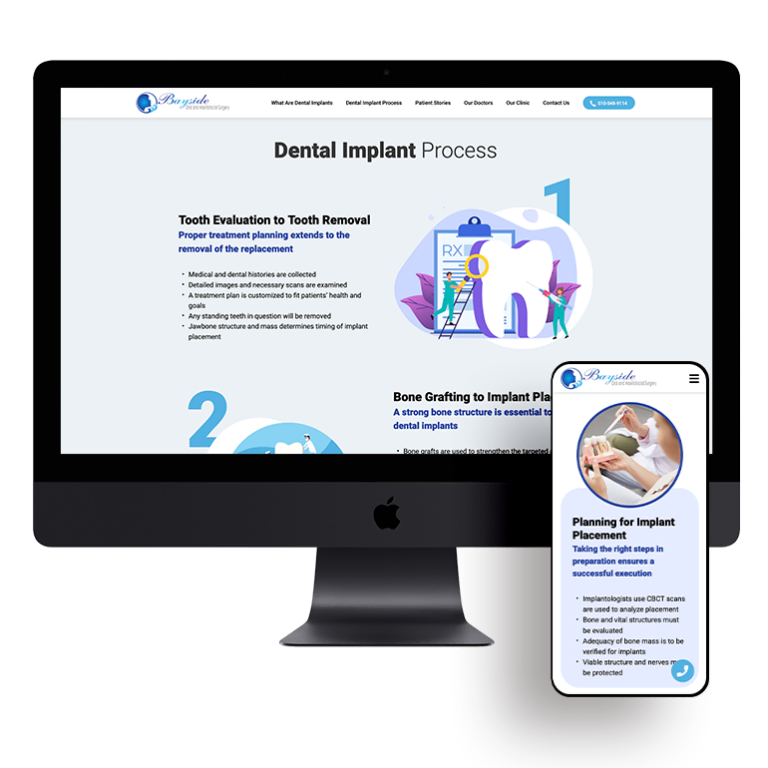


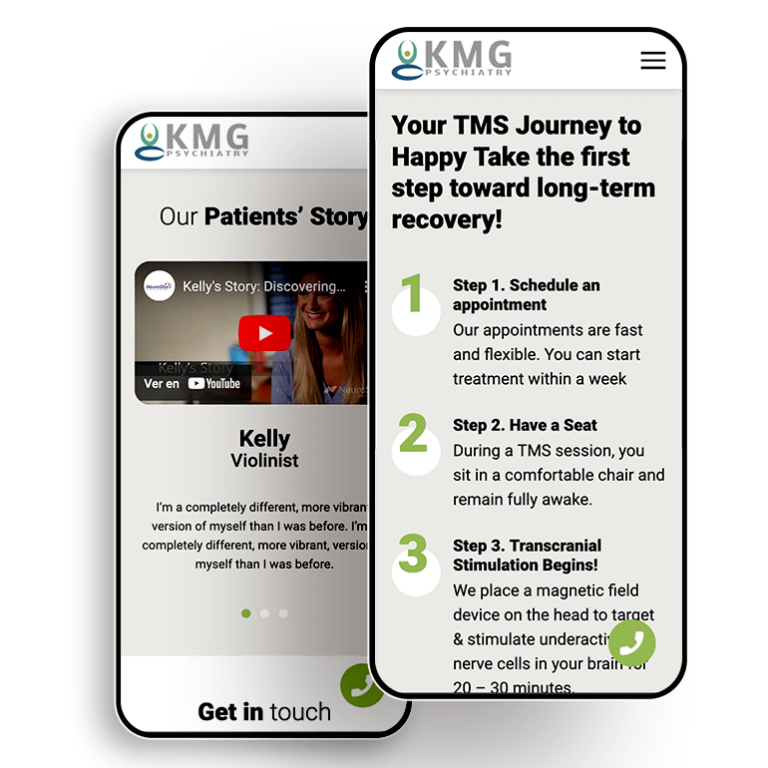




 Smart Design Creates New Patient Opportunities
Smart Design Creates New Patient Opportunities